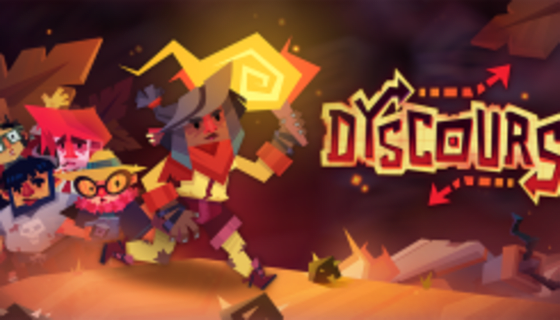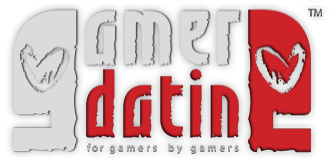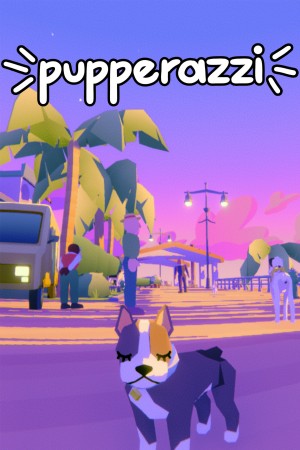A wholesome, casual video game for lovers of dogs and photography everywhere.
This review was written based on my experiences playing the Xbox Game Pass version on an Xbox One X.
Pupperazzi has a simple premise: take pictures of adorable dogs. That’s it. There’s no overarching story, there’s barely any lore to speak of, and that’s okay. The world has been a dark place in the past few years and sometimes it’s nice to sit down for a few hours, walk around a handful of small locations and take pictures of dogs.
Considering the game is built around a visual medium, it should be no surprise that how it looks is where a lot of the focus seems to have been spent. Colours and textures are smooth, almost cartoonish, the 3D models are simple but varied and the colour palette changes to suit the time of day (more on that later). Everything here is simple, basic, and, above all, clean. A lot of indie games find their own graphical niche and style, and Pupperazzi is no different. Most everything in the game world is easy to identify from a distance, many different breeds of dogs can be found in the humanless world the game takes place in and, perhaps most importantly, there is very little screen clutter to distract from the UI, such as it is.
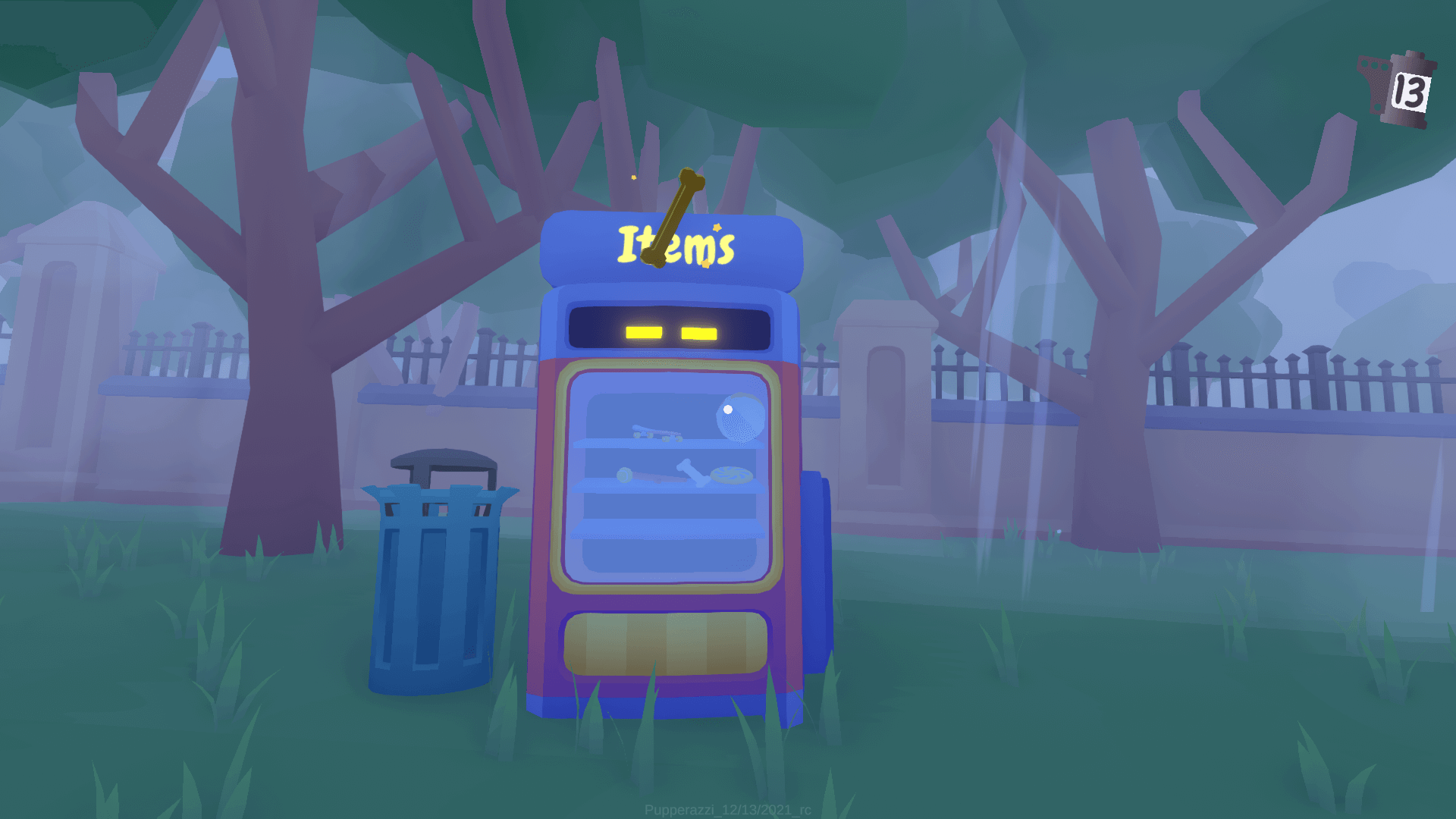
The currency scattered around isn’t always so… obvious.
The UI itself is a treat (pun not intended). It would have been too easy for the developers, Sundae Month, to clutter the screen with the various different prompts, options, and variables available in a game entirely about photography. Instead, by burying those option in a menu, you are presented with only the details you need at any one time: how many more photographs you can take before the film runs out, what film you have selected, and whether or not you can interact with something. When you switch to camera mode, the screen also displays the control prompts you need to swap between portrait and landscape and how to zoom in and out, as well the zoom level itself.
The downside to this means that all of the many film and lens options, each of which allows you to alter the colour balance of your photographs or apply a variety of graphical filters, are kept in a menu interface designed for mouse and keyboard. On several occasions, I found the input from my controller was either dropped or duplicated. Whilst hardly a game-ruining experience, it was slightly annoying and spoke to an implied assumption about the platform Pupperazzi would be played on. The interface itself is serviceable and easy to understand, just clunky on the platform I was using.
‘Clunky’ can best sum up the UX as well. Due to the necessities of the control scheme on a controller, the B button cancels all the menus but not the camera mode. All too often I would habitually press B to lower the camera and crouch instead. The controls are fine, if a little floaty, and you have the basics here: a sprint, a jump, and a crouch. The game world is simple enough that I never got lost or trapped, although some surfaces function as bounce pads without the game telling you so, and you are never told you can walk on water although it is necessary to do so.
I present: the Visible Invisible Wall!
The lack of tutorial means you can spend more time petting dogs.
The best of the UX for me was how Pupperazzi presents its objectives. Each map has four different versions, based on different times of day, and each version has different objectives presented as requests from fans of your dogNET account—a social media site built around dog pictures, surprisingly. For some reason I cannot work out, the developers chose to make some of these objectives hidden until you select them without requiring any extra effort than pressing your platform’s select button, whilst others need to be picked up in the world. Most objectives, whilst clearly displayed in the request list, provide some context about why a certain character wants them which is displayed over two text boxes. If you navigate to the hidden request and press the select button to reveal it, it will proceed to the second text box; the first is readable as soon as you highlight the objective, even if the objective itself isn’t. It’s clunky and served as a minor irritant throughout my time with the game.
You can probably tell by the fact I haven’t yet mentioned it, but the music and sound design is fine. It’s nothing special, but it isn’t bad by any means. It’s a perfect accompaniment for the game, no more and no less.
But what about the game itself? By now, you’ve probably figured out the basics. The world map allows you to travel between different areas, each of which (bar one) has four different times of day to choose from. The time of day affects the weather, the dogs’ activity and the objectives you are required to complete. Each map also contains objects you can pick up to help you, and picking one up unlocks it for use in all the maps. Objectives require taking pictures of dogs in specific locations, certain outfits or doing particular things and none are terribly demanding. Fulfil enough objectives, and upload enough pictures to dogNET, and you unlock the next area of the game. As a gameplay loop, it is simple, it has great precedent, and it kept me engaged enough that I didn’t notice the time passing.

This is the entire game world. Selecting the space shuttle is far harder than it should be with a controller.
That was until the crash happened. Somewhere around the 75% complete mark, my game crashed and I lost a lot of progress. Pupperazzi relies on autosaves to keep track of your progress and, for whatever reason, it didn’t work. Luckily, the game is so short, around two to three hours depending on how distracted you get by the adorable dogs, that it took only fifteen minutes or so to get back to where I was, but it still irked me. Fortunately, this was the only time the game crashed during my play session. After finishing, I decided to go back and take a few more pictures to fill out the Puppypedia, a collection of specific photographs that are optional collectibles, and it crashed three times from the main menu. I still don’t have those photographs.
I should point out though, that crashing issue was my main problem and I was playing on the day of release. By the time you read this, it is likely the bug has been fixed, or may not even affect you. Such is the way of software. There were also a few instances of items falling through walls, but I was always able to recover them easily.
Moments before the autosave feature betrayed me.
There are, of course, some nuances to the gameplay beyond merely taking photographs. The dogs react to the items you can pick up: they’ll chase thrown bones or RC cars, sit for treats, and dance next to stereos, for example. You can even, on the Muttropolis map, push a dog in a swing. Perhaps best of all though, is the ability to pet the dogs. If you like a particular dog enough to want to feature it in your photographs, you can pet it and it will follow you around for a short period.
More of a sandbox than an open world, Pupperazzi is a delight to explore.
Writing, as you can probably figure out, isn’t terribly important here. The objectives are easy to understand and the characters providing you with them are all distinct, but that’s really it. That isn’t necessarily a bad thing though, as Sundae Month could just as easily have provided a list of objectives on the HUD and left it at that. There is some sense of progression provided by the barebones writing, although the amount of satisfaction you will get from it is largely down the type of person you are.
If you’re just looking to pet the dogs, this is probably going to work for you. If you want answers about where the humans are, who built the humanorphs (robots) or where the ghost dogs come from, you’re going to leave unsatisfied.
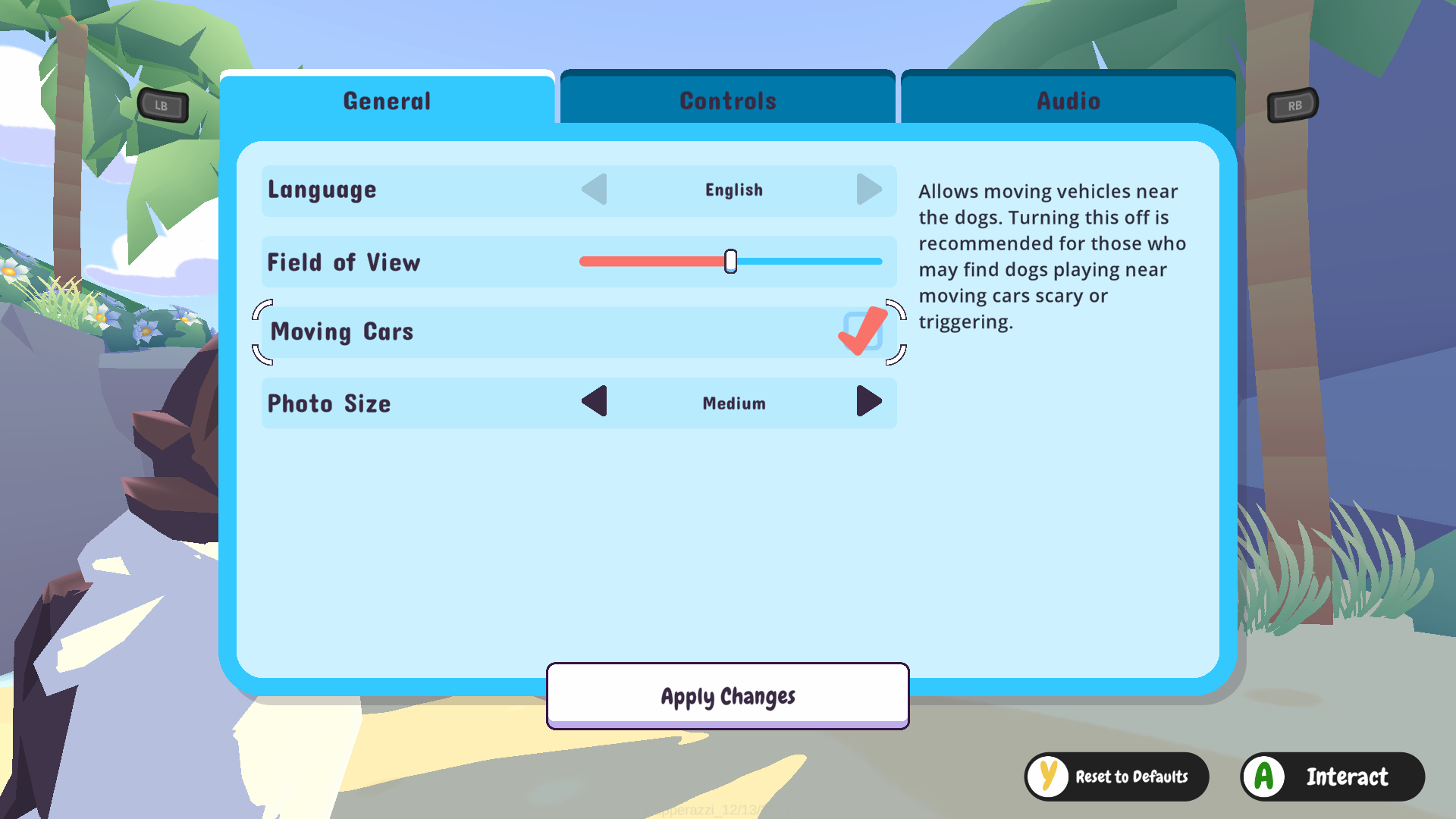
Thoughtful gestures like this are finding their way into more and more indie games.
As mentioned above, the game itself is pretty short in terms of time to complete, but, much like New Pokémon Snap, which I almost got through the entire review without mentioning, the draw here is returning to take more pictures and to see what the random behaviour of the dogs results in. For those who care about such things, the achievements aren’t terribly difficult, mostly they boil down to getting a certain number of photographs at certain time of day or similar. You will likely make good progress towards them purely by playing the game casually.
Games as open-ended as this are always a little difficult to value but I feel the £15.49 price tag on Steam (at time of writing) is a little high if you’re only going to play it through until you finish the objectives and then never return. It is slightly cheaper in the Xbox store, where it is £12.99, but again, that might be a bit more than I would happily play for a single playthrough.
If you’re looking for a relaxing, wholesome experience that asks little of you and presents a bright, aesthetically pleasing world populated almost entirely by adorable dogs, Pupperazzi is for you. If you’re looking for something that tests your brain, is driven by a strong narrative or has large, complex environments to explore, I recommend you look elsewhere.
Pupperazzi knows what it wants to do and, for better or worse, does it pretty heckin’ well.

Sometimes you have to use your uncomfortably long arm to pet the dog skateboarding into a wall.
Are you barking up the wrong tree with this game?
Is it for you?
If you grab it or try it, share some pics with us on Twitter :D













